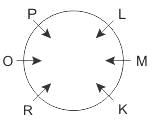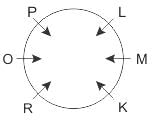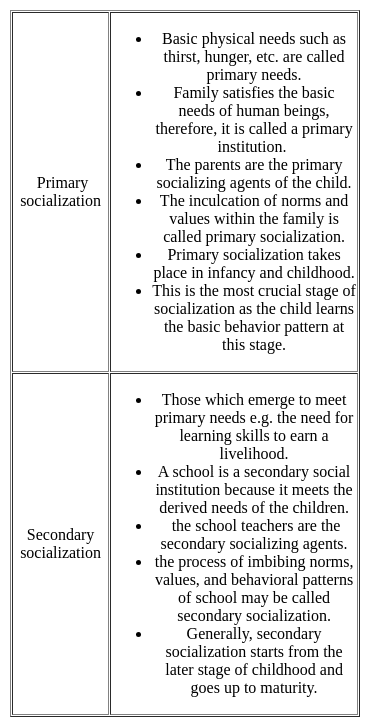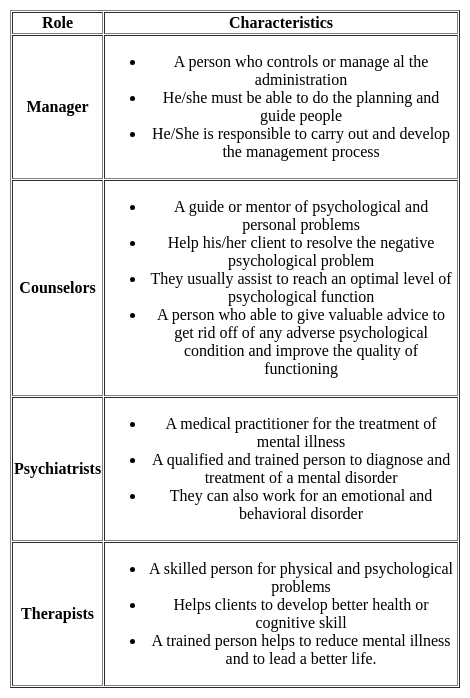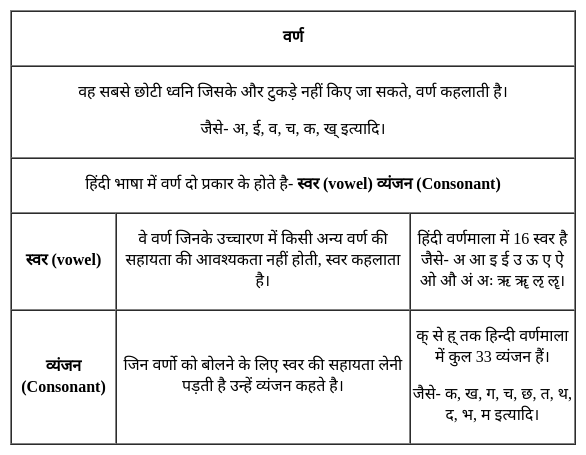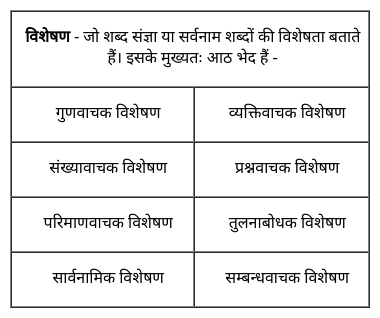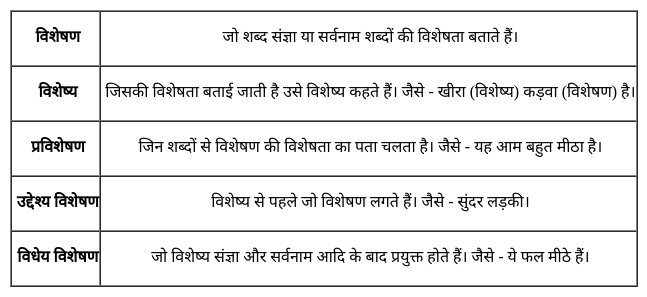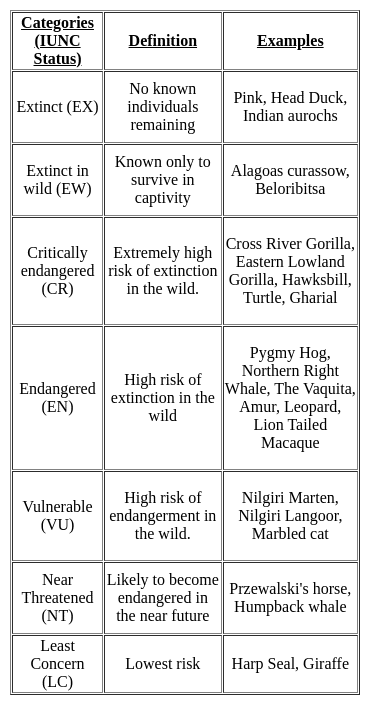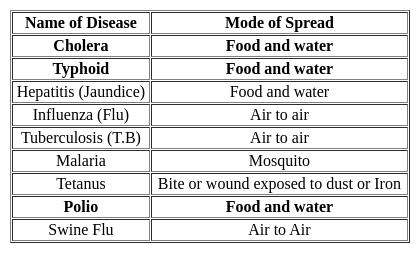KVS PRT Mock Test - 6 - KVS PGT/TGT/PRT MCQ
30 Questions MCQ Test - KVS PRT Mock Test - 6
Directions: In questions given below out of four alternatives, choose the one which can be substituted for the given word/sentence.
Q. Leave or remove from a place considered dangerous.
'College' is related to 'Teachers' in the same way as 'Hospital' is related to:
Direction: Study the following information carefully and answer the given questions besides.
Six people P, L, R, K, O and M sit around the circular table facing the centre. There are two persons between P and K, who is to the right of P. R is adjacent to K and O. M, who is immediate right of K, is second to the left of P.
Q. Who among the following faces L?
Which of the following includes special effects that can be applied to drawing objects?
In a ____________ classroom teachers adapt their pedagogy and vary assessment to cater to individual students.
In the evening, Kalpesh went to a nearby park to observe young/small children playing (2- 6 years of age) usually escorted by their parents. He noticed the interacting patterns of parents and their children in the park. Two situations were observed by Kalpesh.
Situation 1: A couple scolded the child when she was asking for the ice cream.
Situation 2: A couple was playing hide and seek with their child.
These two situations are examples of which type of socialization
Fill in the blank with a suitable conjunction.
The Indian cricket team is efficient _____ hard working.
Change the given sentence into Past Indefinite Tense.
Dimple is running in the ground.
निम्नलिखित में से कौन सा शब्द 'बुद्ध' का पर्यायवाची नहीं है?
रेखांकित पद का लिंग बदलकर वाक्य को पुनः लिखिए।
घोड़ा नाच रहा है।



